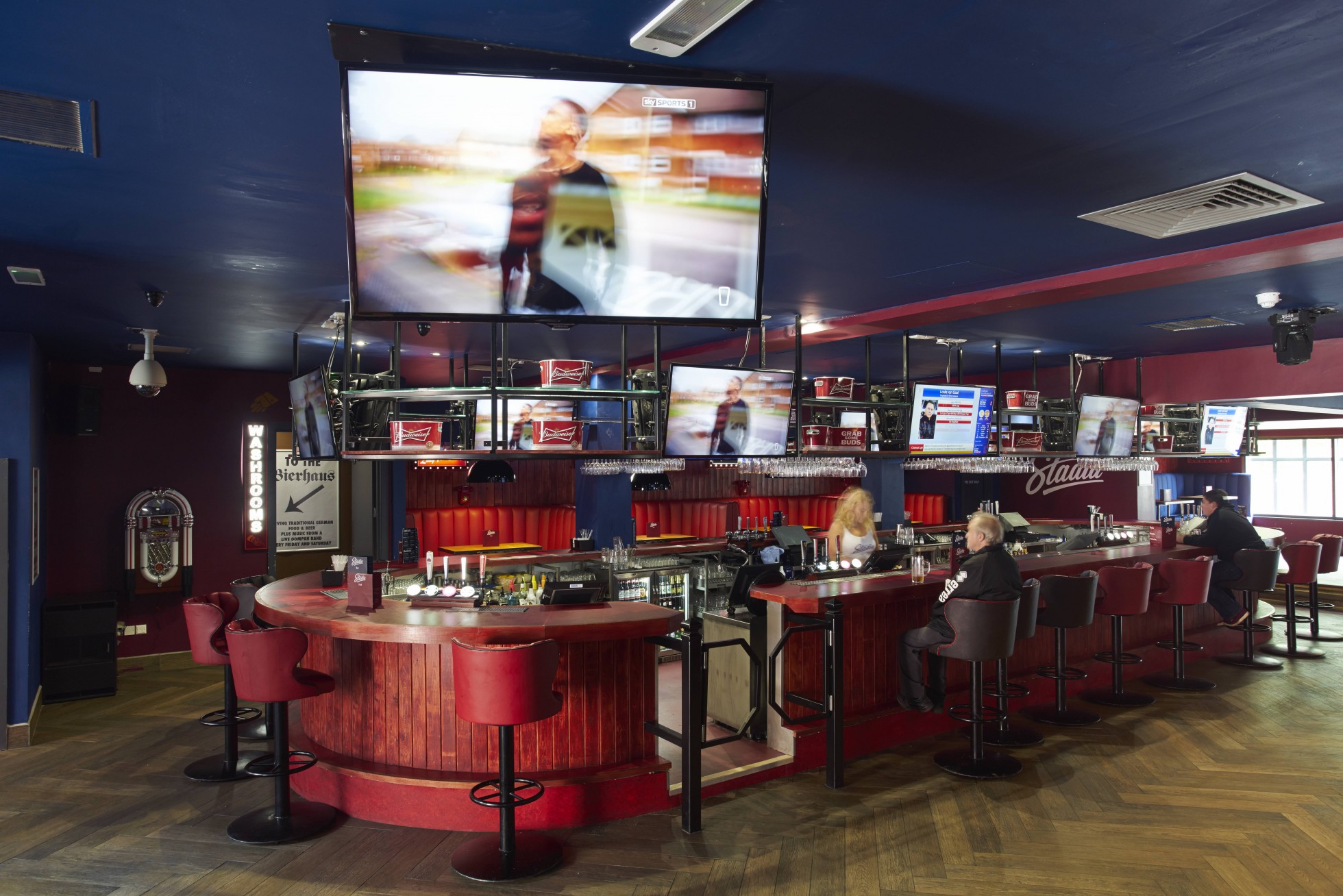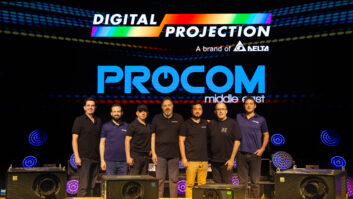
According to Cisco, it would take an individual over five million years to watch the amount of video that will cross global IP networks each month in 2018. And then there’s the non-IP traffic… Ian McMurray looks at the growth of HDBaseT and video over LAN technologies and how an influx of products provide options and challenges for integrators.
As Greek philosophers go, it seems unfair that Heraclitus of Ephesus is less well known than Socrates – as it was Heraclitus who first posited the idea that the only constant in the universe is change, a mantra much loved by MBA lecturers around the world. Certainly, ‘change’ has always been ever-present in video distribution – but perhaps never more so than over the two years since Installation last covered the topic.
“A major change has been in the area of HDBaseT, the connectivity standard for the distribution of HD content,” says Raj Dattani, technical sales manager at integrator Reflex. “The end of 2013 saw HDBaseT 2.0 launch, an expansion of HDBaseT 1.0. We’re now seeing display device manufacturers start to incorporate HDBaseT receivers into their products as a standard feature.”
Video over LAN on the rise
“There has also been a growth in video over LAN technologies,” he continues. “This is being driven by the corporate and higher education sectors who see the benefits of limitless inputs and outputs allowing for growth, for example as a campus expands or a company buys a new building.”
Others too note the growing significance of HDBaseT as a market force.
“The last two years have seen further developments in HDBaseT technologies, including many more additional products to the ever-growing range,” notes Martin Featherstone, AV product manager at distributor CIE-Group. “The technology itself is fundamentally the same, but there are far more products available giving the integrator more flexibility when it comes to designing a signal distribution system.”
But as well as HDBaseT and LAN-based technologies, there have been other developments.
“In the absence of any competing technology until the recent introduction of AptoVision’s BlueRiver NT technology, HDBaseT, with all its pros and despite its cons, had gained widespread popularity,” smiles Kamran Ahmed, CEO and co-founder of AptoVision, a provider of chipsets for AV signal distribution, “and we’ve definitely seen an increase in 4K as a requirement. While the adoption of actual 4K displays and content remains slow, the need for future-proofing and fear of obsolescence is increasingly driving demand for 4K in video distribution equipment since this equipment constitutes the infrastructure of the install and has a longer life cycle than the sources and the displays themselves.”
More video being transmitted at higher resolutions over longer distances is also impacting how it gets from source to screen, with fibre optic becoming increasingly prevalent – in turn, leading to more affordable pricing for both fibre-enabled equipment and the cable itself: the price gap between fibre and twisted pair is narrowing, and integrators are becoming more confident with it.
“Since the medium is immune to EMF interference and is designed for field termination, initial cost is easily offset by the trouble-free final result,” points out Andy Fliss, director of marketing at TV One.
Shift to digital
Paul Hand, senior product manager at AMX and the so-called father of the Enova DGX and DXLink family of products, sees another trend reaching its peak.
“The past couple of years have perhaps seen the culmination of a dramatic shift to almost completely digital switching systems,” he notes. “While support for legacy analogue video output devices still exist, we are seeing more and more digital source devices and destinations enter into the system as the default. This means that even traditionally small conference rooms and huddle spaces are needing effective and scalable solutions for distribution of digital video – which is why we’ve introduced smaller sizes of our Enova systems.”
(Picture: A sports bar in Norwich, UK has ZeeVee encoders at the heart of its video distribution system)
www.amx.com
www.aptovision.com
www.cie-group.com
www.reflex.co.uk
www.tvone.com
www.zeevee.com







